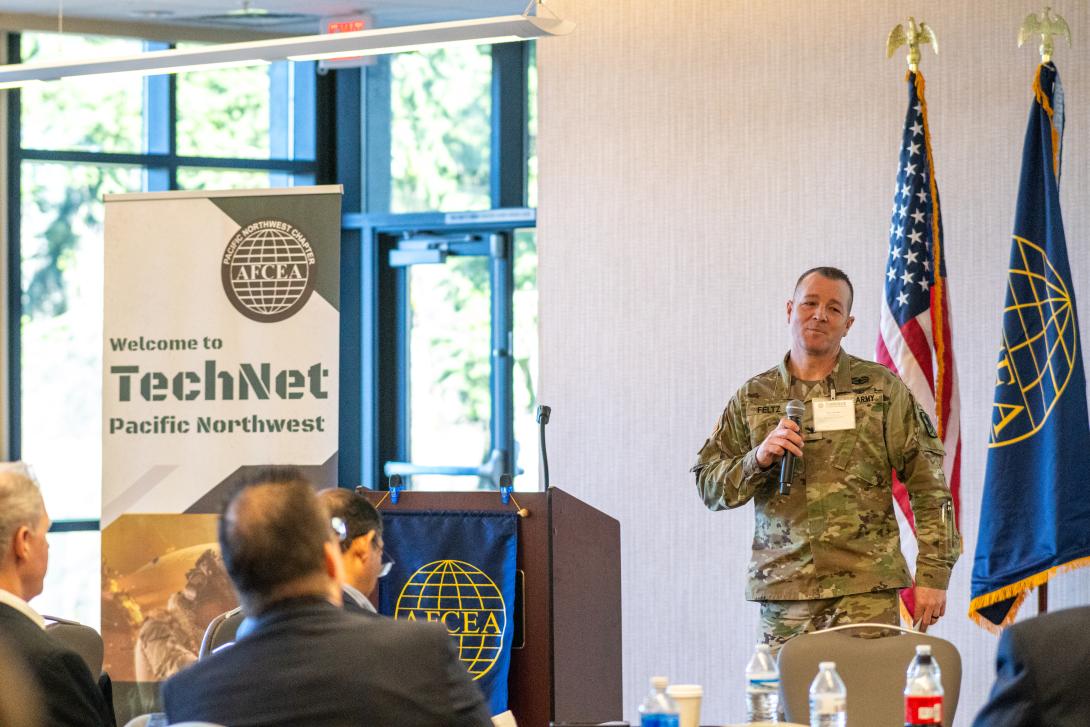Moving Away From Fiber-Based Connections
Armed forces officials want to see the services start moving away from the fiber broadband connection method and toward options that are more convenient and less risky. Leaders are envisioning this change for several reasons, including overreliance and the need for more security and privacy.
Firstly, military services are becoming too reliant on fiber, according to Col. Joel Feltz, commander, 22nd Corps Signal Brigade. Due to this overreliance, warfighters often cannot get online and communicate with others when the environment where they are deployed does not consist of the fiber network infrastructure.
“[Fiber] is not always going to be at the place where you want it to be,” Feltz said during an interview at TechNet Pacific Northwest 2025 at Joint Base Lewis-McChord in Washington state. “You have to have transport diversity. If Xfinity is doing an outage at your house and you can’t control it, how do you communicate? We need to have flexible transport options for our data that we transition over to swiftly without disruption.”
Furthermore, soldiers using fiber networks face security and privacy challenges, according to Feltz. The fiber-based connection emits a hot spot, consequently exposing the warfighters’ position to adversaries. This limits the amount of secret and under-the-radar travel that the military can perform.
“When you look at Eastern Europe right now, they have strict communications ROE [rules of engagement] to mask detection,” Feltz said. “This takes practice and discipline. The same thing would exist for any headquarters, so you preserve security and communications.”
Turning to the future, military leaders expect commercial space satellites to replace the fiber network infrastructure, including proliferated low-Earth orbit (pLEO) and Starlink satellites.
These options are not perfect either, as weather, electromagnetic waves and positioning could briefly interfere with connections, but satellites provide the low-latency speed that soldiers need to get connected and get their message through in a more reliable and private manner, Feltz explained.
“In most environments, communicators are always going to try to race to the fastest option, normally fiber, because it’s the most reliable, it’s in the ground, it’s terrestrial,” Feltz said.
“But at the end of the day, can you still get the message through?” Feltz added. “Do people know the plan? Do you know the concept of operations, and can you execute your mission in the absence of a mission command platform?"
Leaders expect this transition to take place by 2027 and to affect the entire military, according to Feltz.





Comments